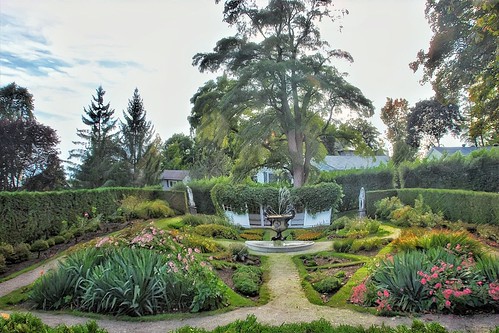Math. You either love it or you hate it. It’s one of those subjects where you are one side of the argument, never in-between. One could argue that math is hard because it is only used by math teachers and mathematicians. However, Eddie Woo’s TED Talk, he begs to differ as he states “mathematics is a sense for patterns, relationships and logical connections. It’s a whole new way to see the world,” (6:05-6:15). Then the joke “Dear Algebra, stop asking us to find your X, she’s not coming back and don’t ask Y” may be mentioned as soon as someone hears the term “relationship” associated with math. Honestly, I probably would make that joke but I love math jokes so that’s fair. I never considered how math is all around us in patterns such as the similar patterns of geometry between rivers, trees, lightning bolts and so much more as Woo pointed out. Honestly, math is more cross-curricular than I ever thought, it’s incredibly beautiful. Or the patterns which exist in “the seasons of the years, the migration of animals, renewal ceremonies, songs, and stories,” (Bear, pg.78). When I think of math and patterns, I think something along the lines of red square, blue circle, red square, blue circle, not all the other beautiful patterns which exist in our world.

This leads me to discuss the one very important line written by Leroy Little Bear, colonialism “tries to maintain a singular social order by means of force and law, suppressing the diversity of human worldviews… Typically, this proposition creates oppression and discrimination” (pg. 77). While I thought my education in all subjects was very inclusive, I have quickly learnt it was not. My education, specifically math looked at one strategy to solve problems, with always a preferred method cited in a textbook. We never looked at real-life examples of patterns like the seasons changing or flower growth, we simply looked at careers which focused on the patterns we saw in our textbooks. The curriculum model which typically surrounds math isn’t inclusive either. With math, the class was very product-based. Students simply learnt how to solve a problem based on how the teacher taught it and then students would write a test. If students did not understand how to solve the problem the way the teacher had taught it, they would simply fail the test.
From here, Louise Poirier’s article “Teaching mathematics and the Inuit community” challenges Eurocentric ideas in relation to math. Firstly, the Inuit community was found that there is a “system for expressing numbers orally. They do not have other means of representing numbers,” (Poirier, pg. 57) which offsets the Eurocentric idea that math is more written communication versus oral. I mean, how many of us remember writing a multiplication test? Probably a lot. How many times did you do math verbally? Or were you told to work on questions from the Math Makes Sense **insert grade** textbook quietly and independently? A second way of challenging Eurocentric ideas is the idea of directions and angles. In Eurocentric math, we often orientate ourselves with the help of a compass where we follow the needle pointing North and we will give directions like walk 90 degrees North. However, the Inuit have a different sense of orientation. Poirier found “the Inuit have developed an outstanding sense of space to help orient themselves. They have learned to ‘read’ snowbanks and assess the direction of winds,” and use Inukshuks for landmarks (pg. 59). This is very unlike the Eurocentric way of orientation. I mean, did you learn directions by ‘reading’ snowbanks? I can say I did not. A third way Inuit math differs from Eurocentric math is in terms of calendars. In Eurocentric math, we know how many days are in each month and when each month starts and begins. The only thing that changes is what day of the week each numerical day lands on. However, the Inuit calendar is built upon “natural, independently recurring yearly events” (pg. 61) which includes when “baby seals are born” and “when baby caribou are born” and “when two stars appear in the sky” (pg. 61-62). This is much different from how we see our calendars.

In conclusion, math is thought of differently across the globe. There are many interpretations of math but we must be open to the idea of math and not just assume we hate it since math is all around us, in numerical form and in natural form. Math is so much more than just doing textbook questions. In regard to Treaty Ed., math is not measuring the angle of tipis as found in the textbooks, but it could easily be exploring math from the Inuit perspective and gaining respect for it. We must remember that not all students have learnt math in the same manner in which we assume, so we must be aware that there is no one particular way of math. As educators, we must leave behind our ‘single stories’ of math and explore the beauty math has to offer.
Until next time,
- Jayden
